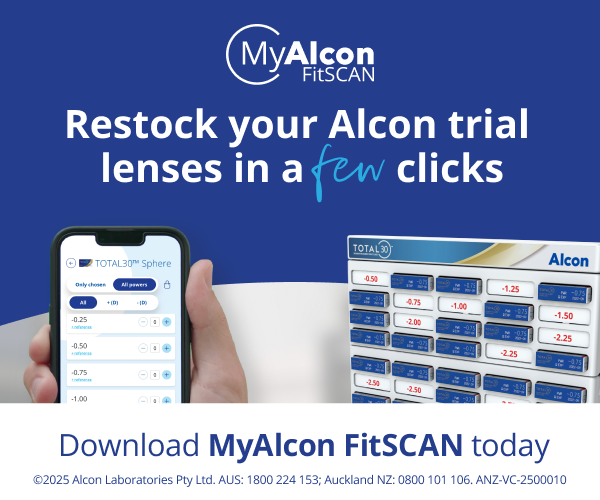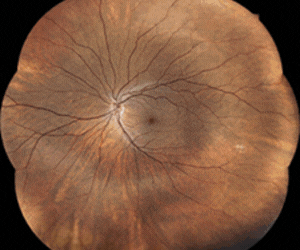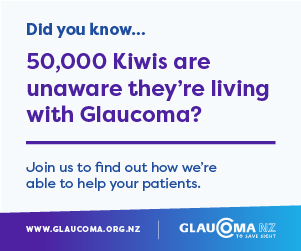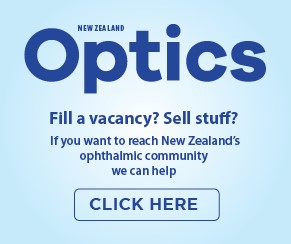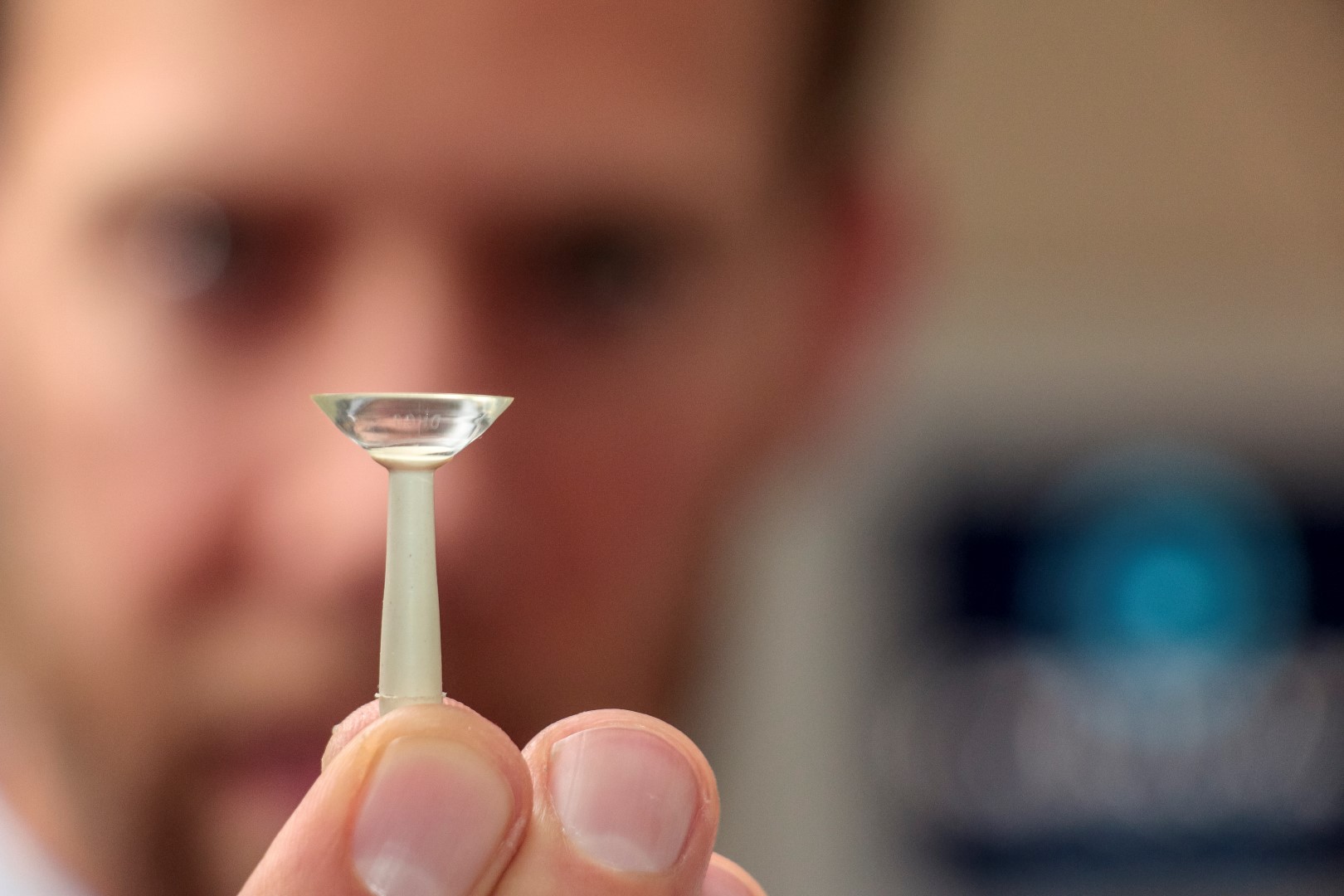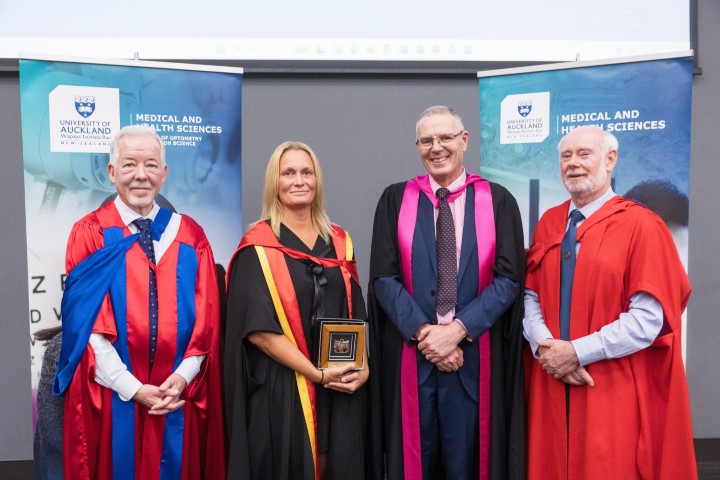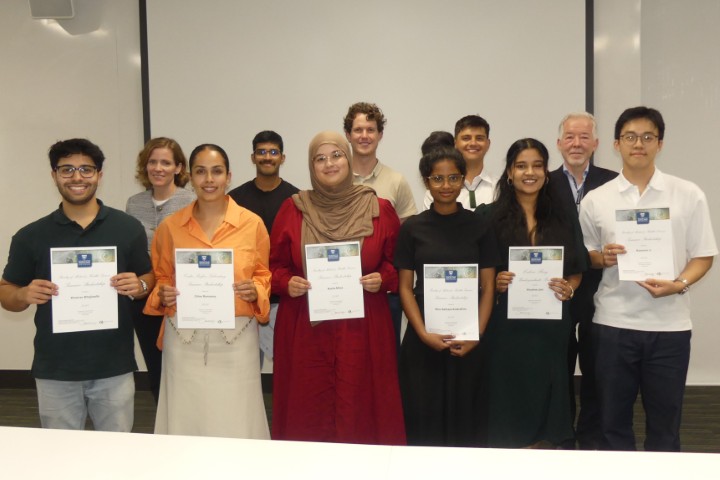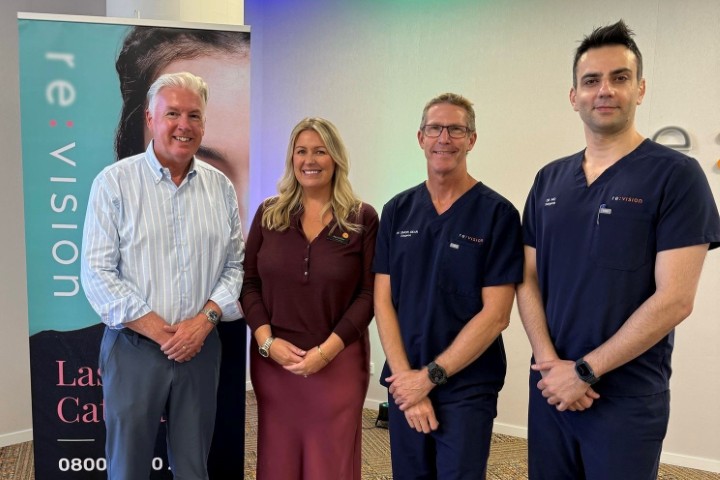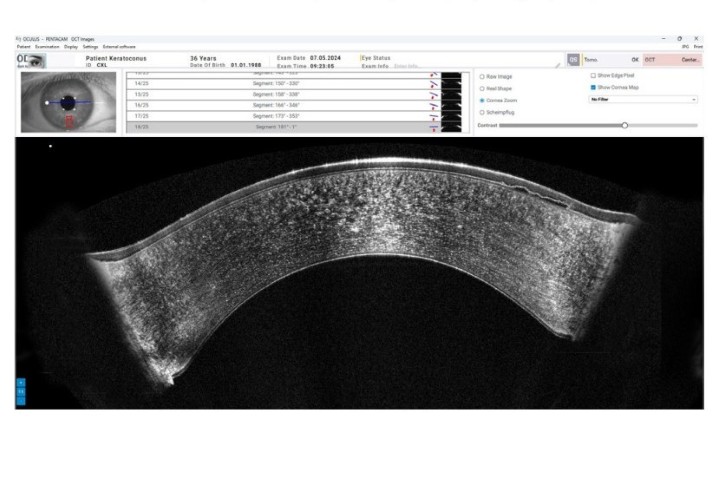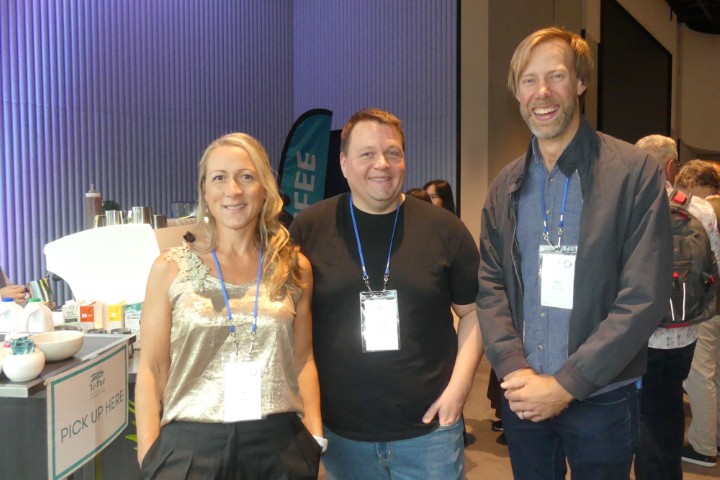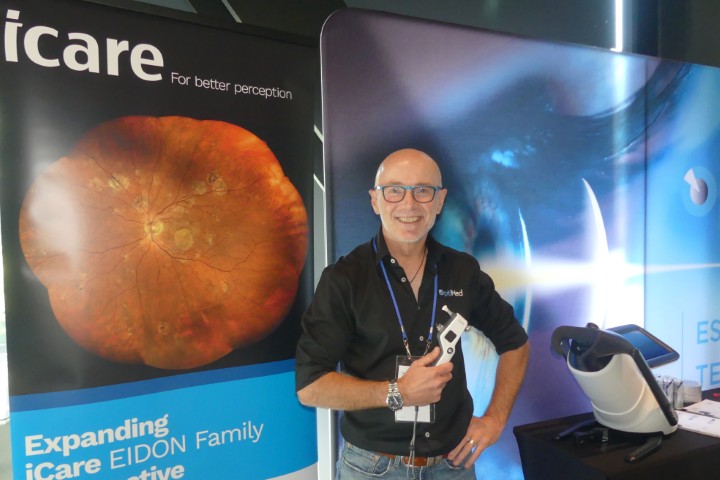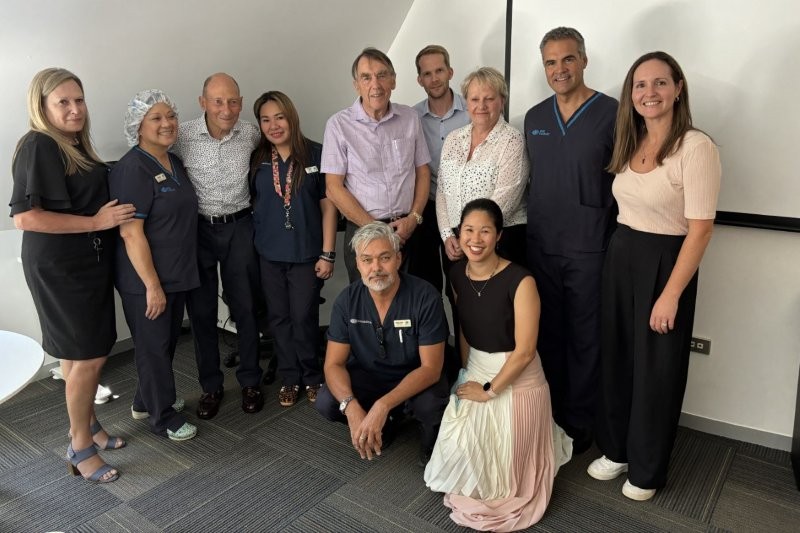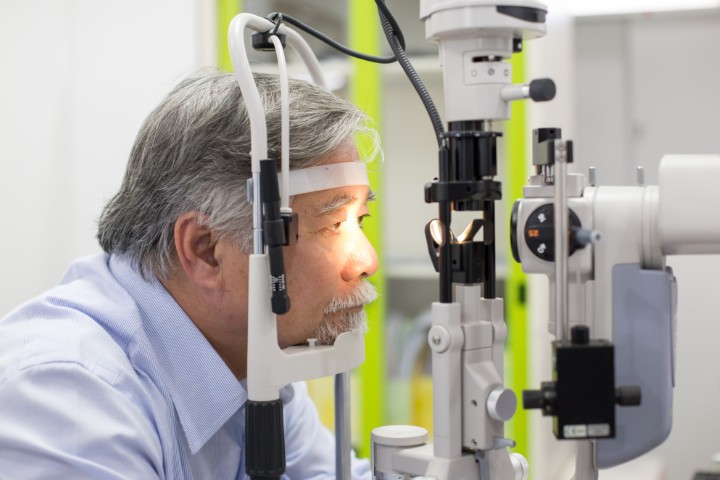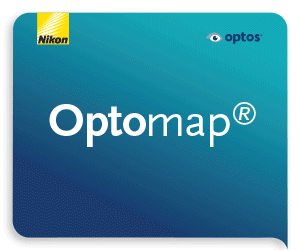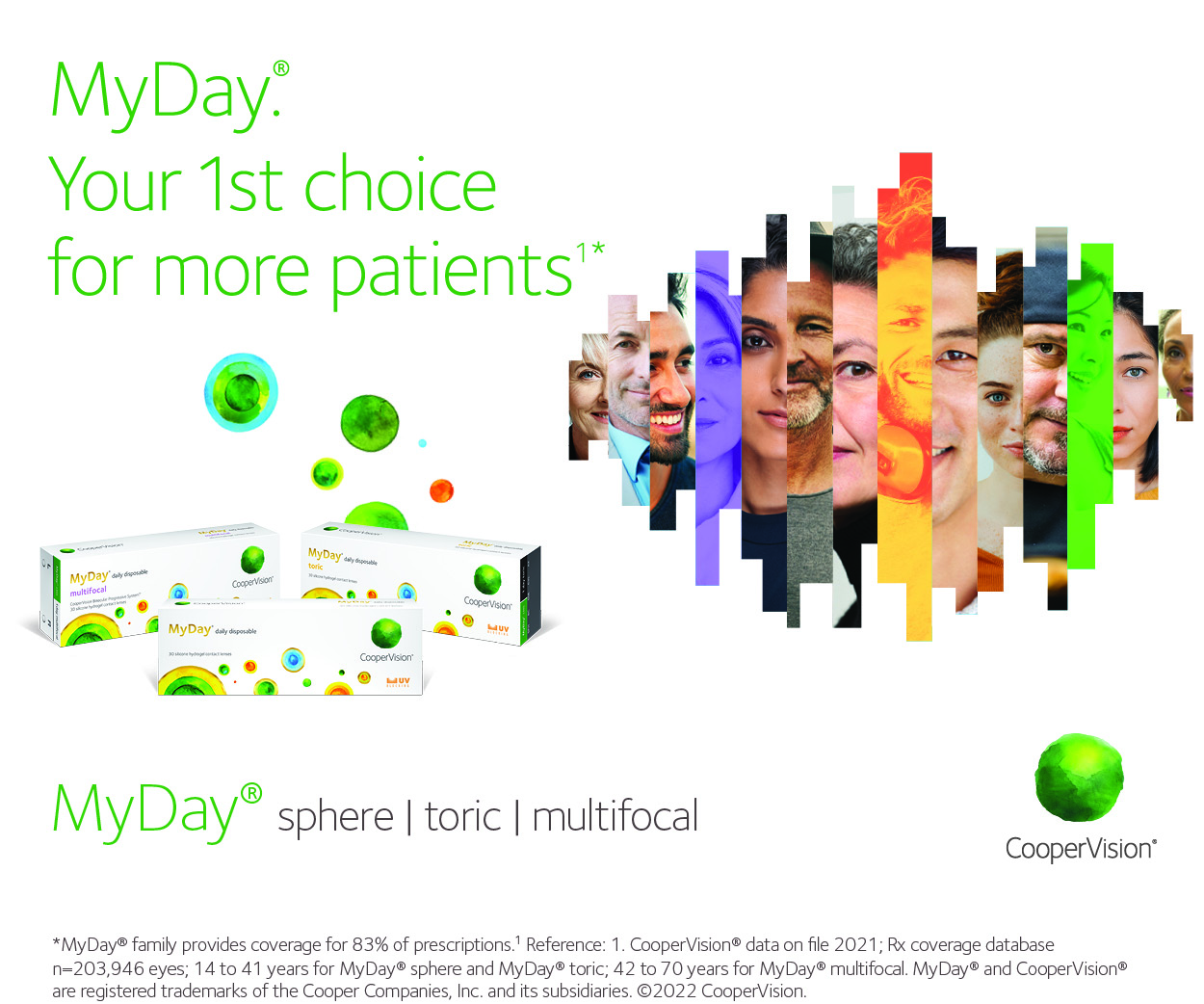CL subsidy revision needed
Aside from a GST increase in 2010, the Ministry of Health’s (MoH) contact lens (CL) subsidy hasn’t been revised since its inception in 1988 and is now outdated and falling short of the cost of caring for patients, according to several industry professionals.
Robert Ng, a teaching fellow at the School of Optometry and Vision Science at Auckland University, examined the subsidy as a part of a recent study into New Zealand optometry practice charge-out rates and operating expenses. “The subsidy was put in place to support patients with keratoconus and other eye diseases for which glasses don’t provide adequate vision correction,” said Ng. “It’s available to optometrists and dispensing opticians who fit or supply these patients, provided they have an agreement with the MoH.”

Robert Ng
After requesting information from the MoH, Ng said the subsidy costs MoH around $5million a year. If the MoH was to adopt a conversative inflation adjustment (100.8% since Q4 1989, using the Reserve Bank’s inflation calculator), the annual expenditure for the subsidy would double, he said. “This should not make a significant impact on their budget, given the government announced an extra $399million over four years in Budget 2021 for Disability Support Services, which this subsidy falls under. A review is well overdue and, given the Health NZ reform and current inflation, now is a good opportunity.”
While the CL subsidy is not currently under review, the MoH said it commissioned The Litmus Review, an independent evaluation of the subsidy, in 2013. The Litmus Review raised two key issues, which the ministry said are still relevant: the current fees do not reflect the expertise required to fit the lenses for some conditions and the existing lens categories have not kept up with advances in lens technology.
Patients covering the cost
Grant Watters, a Cornea and Contact Lens Society honorary fellow and Mortimer Hirst co-owner, agreed with Ng. Although the current arrangement with MoH paying the wholesale cost of the lenses – directly from the lab’s invoice – means the subsidy has kept pace with rising lens costs, there’s still no margin for the optometrist, just some outdated appointment fees, he said. Practices specialising in this work, sometimes with hundreds of patients in this category on their books, are increasingly having to ask them to pay a top-up fee of $200-400, he explained.

Grant Watters
As someone who claims the subsidy most days for many of his patients, Alex Petty, from specialist optometry practice Bay Eye Care in Tauranga, said the subsidy is outdated and unnecessarily complex. There’s also no cover for initial appointments to assess if a patient is eligible for the subsidy or, more importantly, to cover routine reviews, resulting in some patients skipping appointments because of the additional cost and only returning when something goes seriously wrong, he said. “It’s time-consuming to administer and should really be Consumer Price Index-adjusted to match current costs. It would also be nice if it was updated with modern contact-lens terminology and the government introduced a simpler, digital system for making claims.”
That said, it’s also great to have, even if patients have to make a co-payment to cover the extra costs, he added. “For many patients it makes the difference between affording a specialty lens that can change their life, or not and surviving with decreased vision.”
Watters said that although the increasing payment is a burden for these often vulnerable patients, the fact that they have to pay something towards the overall cost is not entirely a bad thing. “We know that if a patient contributes some of their own money to the project, psychologically that patient is more invested in getting a successful outcome,” he said.
Despite the insufficient funding, Watters also praised the CL subsidy saying it is a rarity internationally and was an inspired decision. “It’s much cheaper for the government to pay $300-400 towards some contact lenses to keep an individual driving and working, than for them to be on welfare.”
Adri Isbister, deputy director-general, disability at the MoH said the contact-lens benefit is a subsidy so the client’s contribution varies, depending on the provider. An increase in investment in the contact-lens benefit will continue to be considered, however, alongside all the other health and disability funding priorities, she said. “The broader work to transform the disability support system may support changes in the way people access solutions for their vision loss in the future.”
The CL benefit covers new fitting supply costs (each to a specified amount) for new contact lenses, as well as replacement due to vision changes; it also contributes two-thirds of the supply cost of replacement of lost or damaged lenses (for children under five, full costs are covered). It assists people with a significant level of visual impairment and specified ocular conditions, including keratoconus, high myopia and high hypermetropia, which cannot be corrected by spectacle lenses. Eligibility is based on clinical criteria only.





